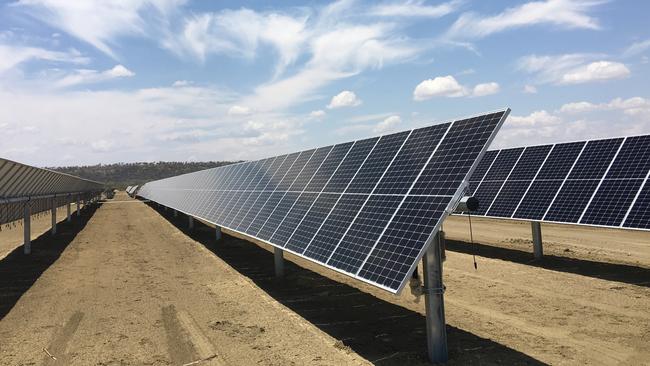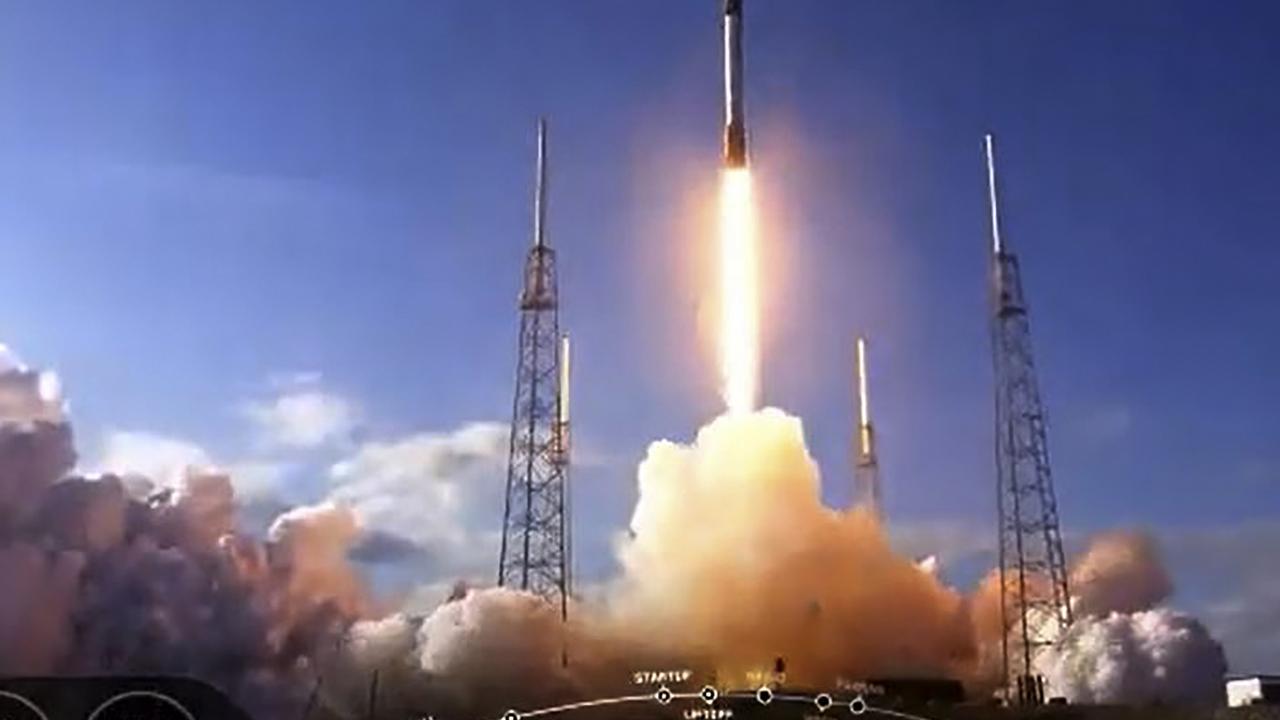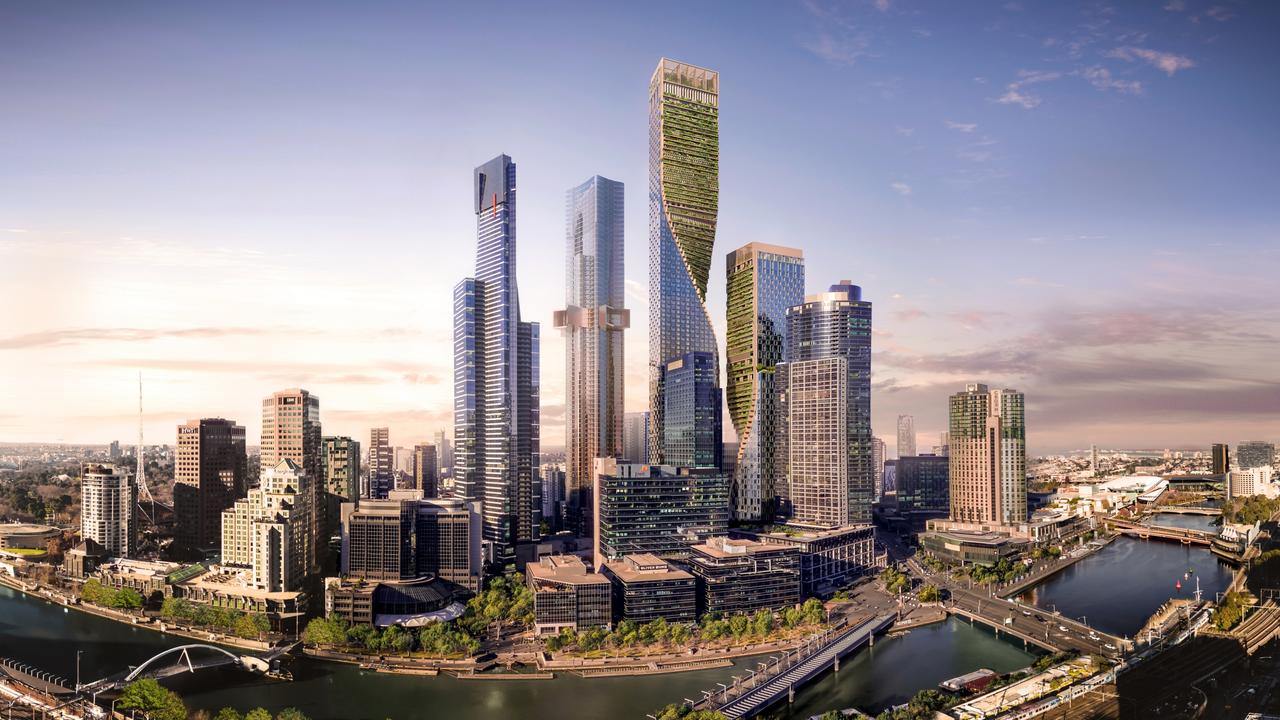Rooftop solar saturation could overload substations
Rapid take-up of rooftop solar will place stress on national grid sooner than expected.

The rapid take-up of rooftop solar across Australia’s electricity system will place more stress on the national grid sooner than expected, with a growing part of the network forecast to hit saturation point by 2025.
Modelling by Energy Networks Australia and the Australian Energy Market Operator shows a substantial amount of Australia’s electricity substations will reach a 40 per cent threshold of rooftop solar much earlier than previously forecast. That penetration level is significant as it marks the point at which the flow of power may be reversed as the grid struggles to integrate large slabs of solar being fed back in.
Nearly a quarter of all local electricity zone substations could hit the 40 per cent threshold by 2025 under a “fast uptake” scenario modelled by the energy bodies, with much of Queensland potentially in line to hit that level.
Forecasts conducted in 2017 showed that while South Australia was most at risk of reverse power flows, other states on the eastern seaboard were not likely to hit that point until after 2030.
“The enhancement of monitoring and control functionality required to manage the system when it goes into reverse demand will be required earlier for some sections of the network than previously thought,” Energy Networks Australia said this month.
One in five Australians now has rooftop solar systems, and electricity generated by clean energy accounts for 21 per cent of the overall power mix, Clean Energy Council data shows.
Rebates in Victoria and NSW, and plans by Labor leader Bill Shorten for renewables to achieve a 50 per cent share of the electricity market by 2030, have turbocharged a flight to solar by consumers stung with soaring retail power bills on the nation’s east coast over the past few years.
But that explosive growth has up-ended the nation’s transmission system, much of which is decades old and was largely designed to cater for coal, which still supplies about 70 per cent of electricity in the system.
The growth of distributed energy, which includes solar and batteries “behind the meter” in both households and businesses, has raised imminent challenges for the grid which the ENA and AEMO are looking to solve through their Open Energy Networks initiative. “Original electricity infrastructure did not intend for electricity to move in two directions,” the ENA said.
“While it is not impossible for electricity to flow backwards, it is tricky for networks to manage the grid on a technological level, especially when there is a lot of distributed electricity feeding back into the grid in the same area.”
Stability issues from significant solar levels being fed into the grid included voltage spikes on low voltage lines potentially causing damage to the network, and fault currents caused by reverse flows, the ENA said.
Battery developer and manufacturer Redflow said falling storage costs would increasingly help to ease the issue.
“Storage can ultimately absorb all that solar load,” Redflow chief deployment officer Tim MacTaggart told The Australian.
“In a future world we’ll have a situation where power prices at peak times will be much more expensive than non-peak times,” he said.
“That will force people to use solar or a battery to store energy during the day and consume it when they get home and that takes away the issue of putting too much solar into the network,” Mr MacTaggart said.
“You simply absorb it.”
The fast-growing solar industry has been buffeted by a range of challenges in the past few months including grid congestion, delays connecting to the electricity network and the uncertainty of federal government policy on clean energy.
The growing pains of rampant renewables growth in Australia were underlined by an Australian Energy Market Commission report this month which warned of the dangers posed by deterioration of the strength of the electricity network.
While the problem is most pronounced in South Australia, it is also spreading to southwest NSW, northwest Victoria and north Queensland, adding to wholesale costs incurred by users.
A draft ruling on “marginal loss factors” in the network — representing the increasing losses incurred when electricity moves between power stations and market customers in remote parts of the grid — has also caused alarm within parts of the industry.
The derating of some solar developments in the pipeline may mean owners struggle to give the investment green light to projects, consultancy Rystad says.



